The illegal wildlife trade is a multi-billion dollar industry that threatens biodiversity on a global scale. While many people associate wildlife trafficking primarily with products like ivory or rhino horn, the exotic pet trade represents a significant and often overlooked contributor to species decline. Every year, millions of animals are captured from their natural habitats to meet the growing demand for unusual and exotic pets. This practice not only disrupts ecosystems but also subjects animals to inhumane conditions, with many dying during capture or transport. The following ten species represent just a fraction of the wildlife threatened by the exotic pet trade, each with their own unique challenges and conservation concerns.
Slow Lorises: The Poisonous Primates
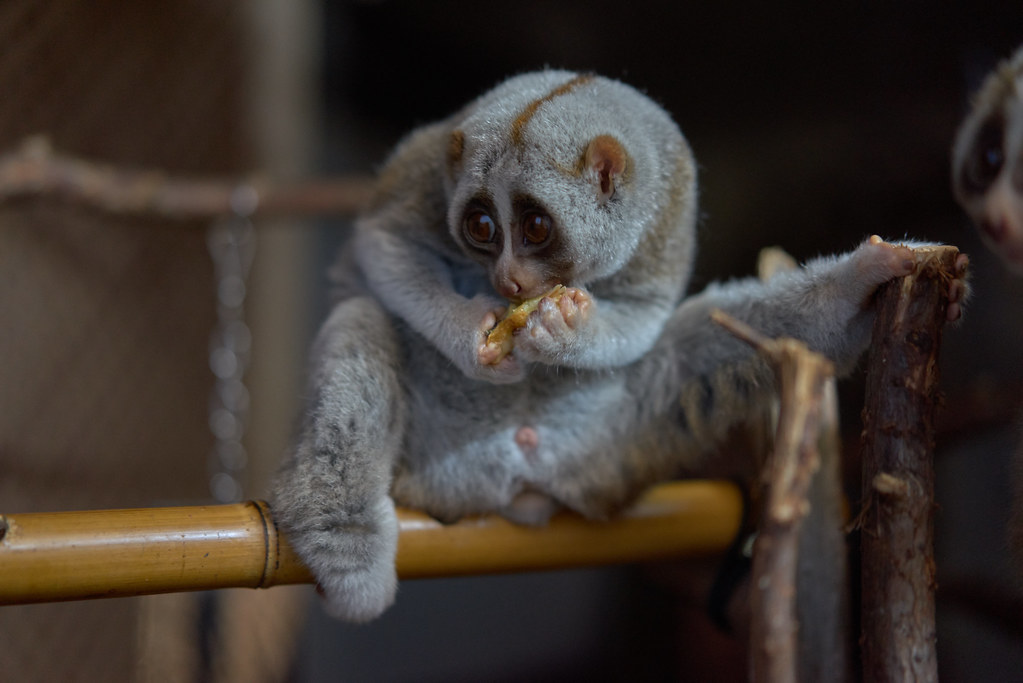
Slow lorises, with their enormous eyes and seemingly gentle demeanor, have become victims of their own cuteness, particularly through viral videos on social media platforms. These nocturnal primates from Southeast Asia are the world’s only venomous primates, possessing a toxin-producing gland on their elbows that, when mixed with saliva, creates a powerful defensive poison. Tragically, pet traders often remove the lorises’ teeth in an excruciating procedure without anesthesia to prevent them from delivering toxic bites to their owners. Beyond the cruelty of tooth removal, these specialized animals have complex dietary needs nearly impossible to meet in captivity, and they frequently develop behavioral issues and health problems including obesity, diabetes, and stress-related deaths when kept as pets.
Pangolins: The World’s Most Trafficked Mammals
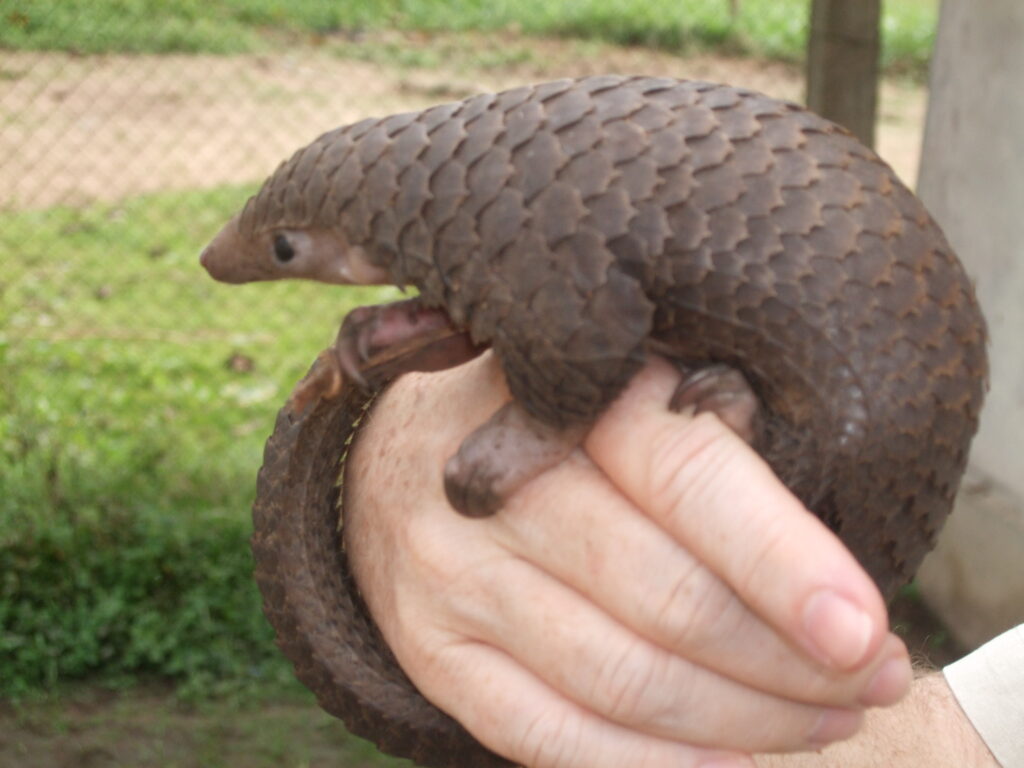
Pangolins hold the unfortunate distinction of being the most heavily trafficked mammals in the world, with over one million estimated to have been poached from the wild in the past decade. While much of this trafficking is driven by demand for their scales in traditional medicine and meat for consumption, pangolins are also captured for the exotic pet trade. These shy, nocturnal animals are completely covered in protective scales made of keratin—the same material as human fingernails—and roll into a tight ball when threatened. In captivity, pangolins rarely survive more than a few months due to extreme stress and specialized dietary requirements that consist almost exclusively of ants and termites, which they extract using their extraordinarily long, sticky tongues. All eight pangolin species are now listed as either Vulnerable, Endangered, or Critically Endangered on the IUCN Red List.
Hyacinth Macaws: The Gentle Giants of the Parrot World
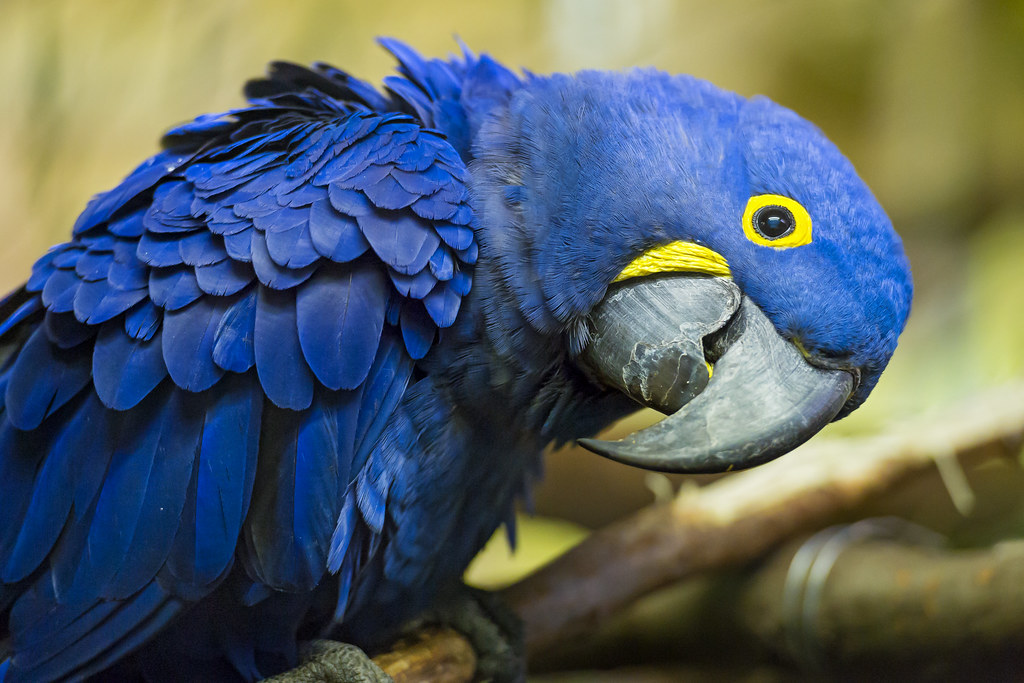
Hyacinth macaws, with their stunning cobalt blue plumage and impressive size as the largest flying parrots in the world, command high prices in the international pet trade, sometimes fetching up to $40,000 per bird. These intelligent birds are native to central and eastern South America, where they play vital roles in their ecosystems, particularly in dispersing seeds of various palm species.
Despite international protection under CITES (Convention on International Trade in Endangered Species), poaching for the pet trade continues to threaten wild populations, which have declined by more than 50% in recent decades. Beyond poaching, hyacinth macaws face additional challenges from habitat loss due to agricultural expansion and the exotic pet industry’s impact extends beyond removed individuals, as poachers often destroy nest sites and may kill parent birds while capturing chicks.
Radiated Tortoises: Madagascar’s Disappearing Treasures
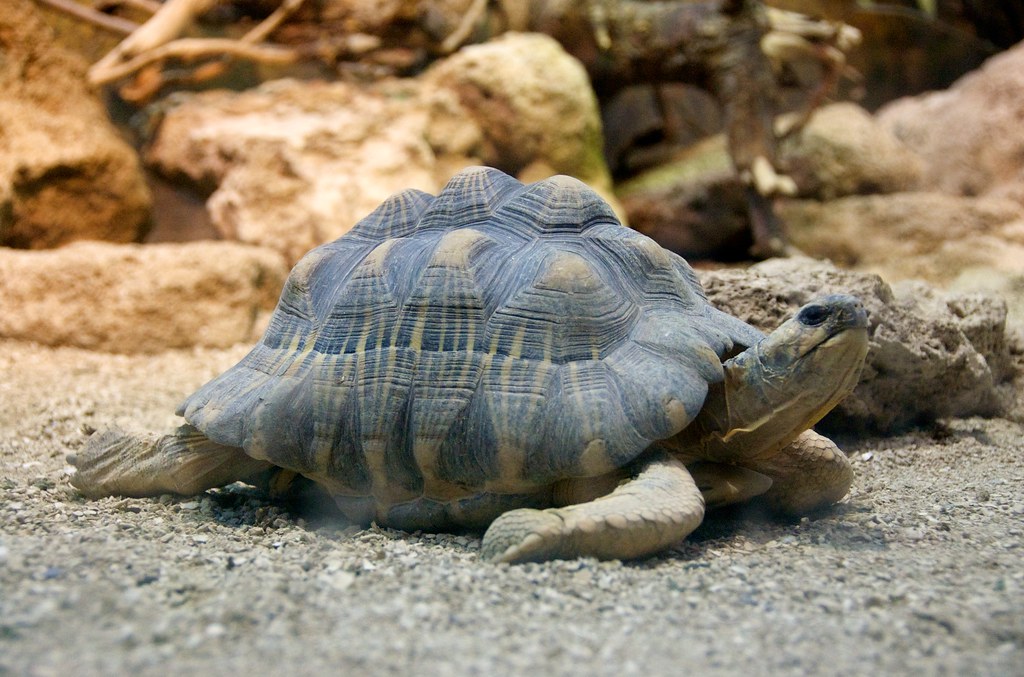
Radiated tortoises, native exclusively to the southern regions of Madagascar, are among the most visually striking tortoise species with their high-domed shells featuring intricate star-like patterns of yellow lines radiating on a dark background. These long-lived reptiles (potentially reaching 100 years in age) have experienced catastrophic population declines of over 80% in just three generations, largely due to collection for the international pet trade combined with habitat loss and local consumption. Their slow reproductive rate—females lay just one clutch of 3-12 eggs per year—makes wild populations particularly vulnerable to over-collection, as they cannot quickly recover from losses. In recent years, authorities have made several record-breaking seizures of thousands of radiated tortoises destined for the pet trade in Asia, where their distinctive appearance and rarity make them particularly valuable, highlighting the industrial scale of this illegal trafficking.
Pygmy Marmosets: The Pocket-Sized Primates
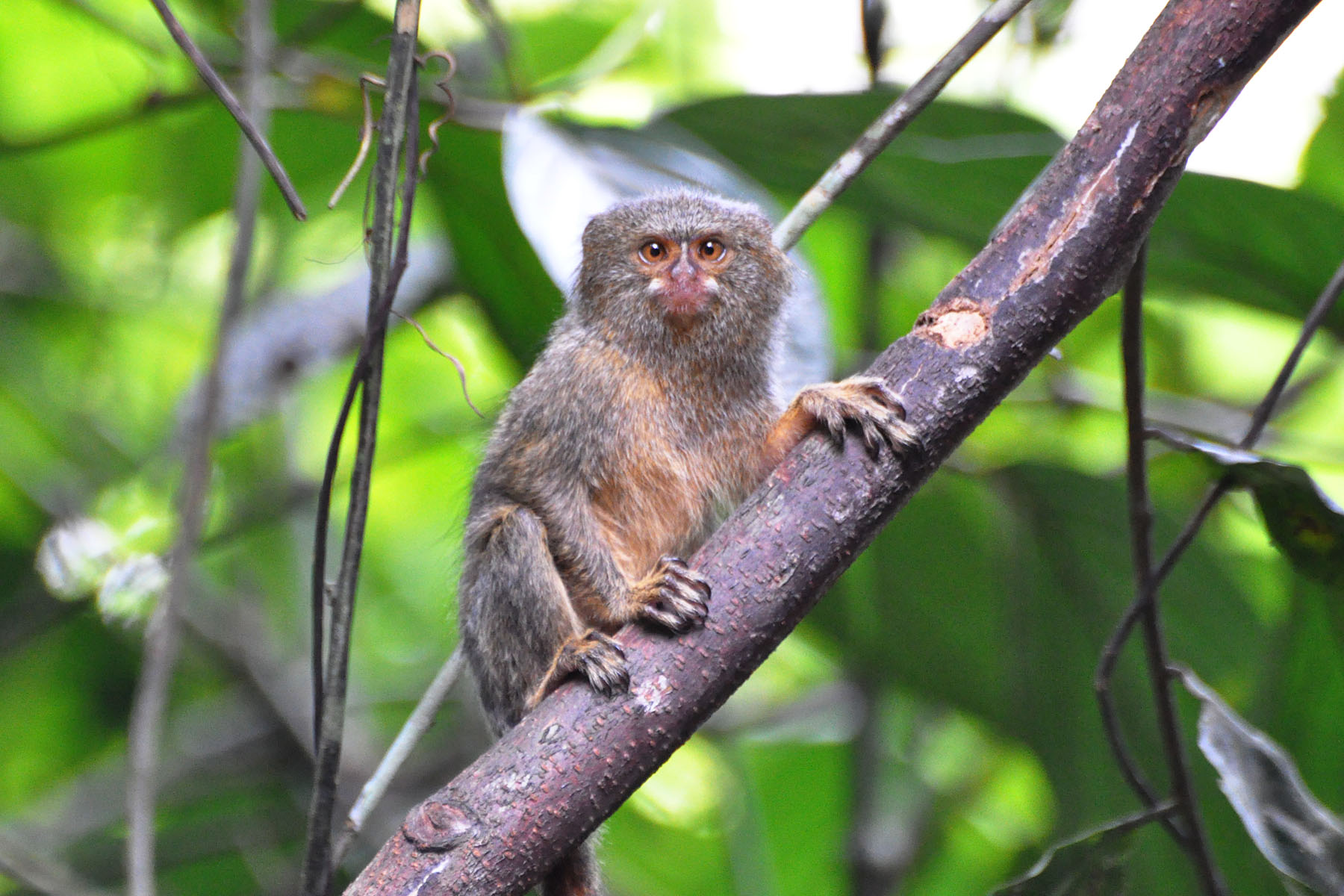
Pygmy marmosets, measuring just about 5 inches in body length and weighing less than 4 ounces, hold the title of smallest true monkeys in the world, making them particularly desirable in the exotic pet trade for their diminutive size and baby-like features. Native to the rainforests of the western Amazon Basin, these tiny primates live in complex family groups and have specialized diets consisting primarily of tree gum, which they harvest by gnawing holes in tree bark and collecting the sap with their specialized teeth and digestive systems.
In the wild, pygmy marmosets communicate through an elaborate system of vocalizations—including high-pitched trills and calls—and scent marking, social complexities that cannot be replicated in captivity. Their capture not only removes important members from family groups but also contributes to broader ecosystem disruption, as these small primates play roles in pollination and seed dispersal throughout Amazonian forests.
Asian Small-Clawed Otters: Social Media’s Latest Victims
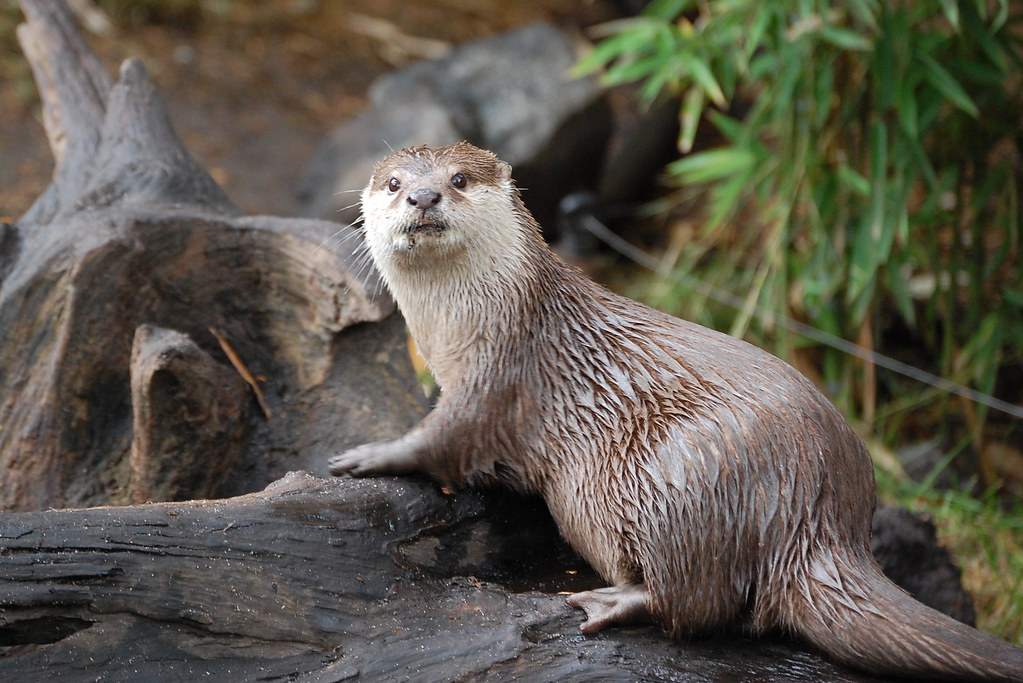
Asian small-clawed otters have experienced a surge in demand as exotic pets following their widespread popularity on social media platforms, where videos showcase them in domestic settings, misleadingly portraying them as suitable household companions. These smallest of all otter species are naturally found in mangrove swamps and freshwater wetlands throughout South and Southeast Asia, where they live in extended family groups that hunt cooperatively and develop complex social bonds that are impossible to replicate in captivity. Their increased popularity has had devastating consequences, with poaching from the wild intensifying to such a degree that the species was uplisted to “Vulnerable” status on the IUCN Red List and gained increased protection under CITES in 2019. Beyond the direct impact of removals from the wild, otters in captivity often develop severe behavioral problems, can become aggressive during maturity, and require specialized diets and extensive aquatic habitats that few private owners can provide.
Ball Pythons: The Most Trafficked CITES-Listed Reptiles
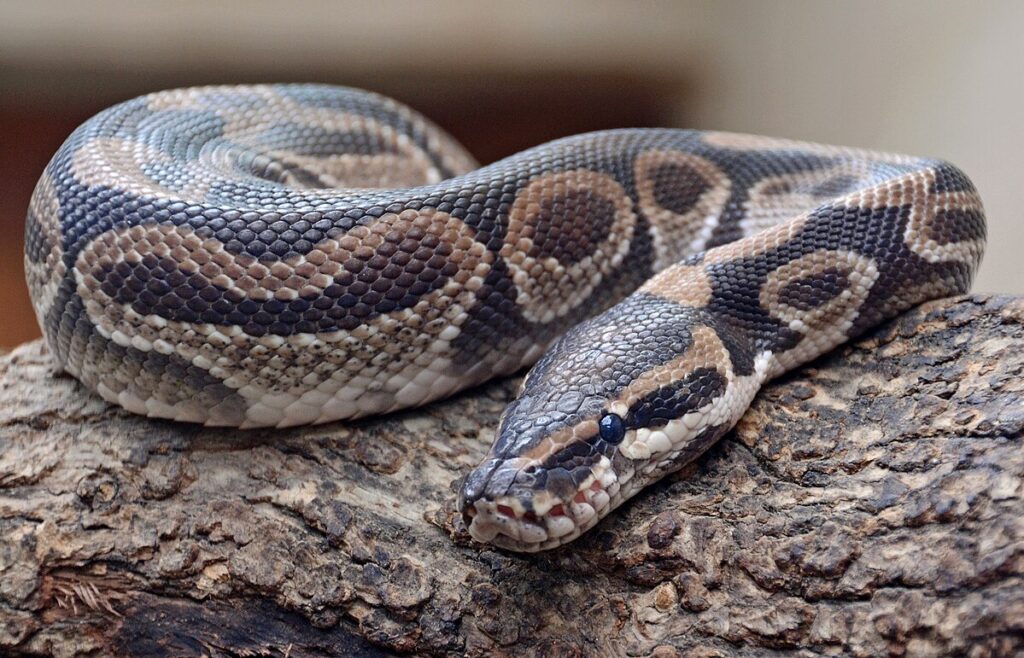
Ball pythons from West and Central Africa represent the most heavily traded CITES-listed live animals in the world, with millions exported legally and countless more smuggled illegally over recent decades for the pet trade. Their docile nature, manageable size (typically 3-5 feet long), and the development of hundreds of captive-bred color morphs have made them extraordinarily popular in the reptile hobby. While captive breeding has become common, wild-caught specimens are still regularly exported—over 160,000 between 2011 and 2015 alone—as they are considerably cheaper than captive-bred morphs and still in demand for breeding stock to develop new color variations.
Research indicates that wild ball python populations are declining across much of their range, with local extinctions documented in several countries, yet data deficiencies have prevented accurate assessment of their conservation status. The industry’s impact extends beyond the pythons themselves, affecting local ecosystems where these important predators help control rodent populations.
Yellow-Crested Cockatoos: Indonesia’s Endangered Avian Treasures
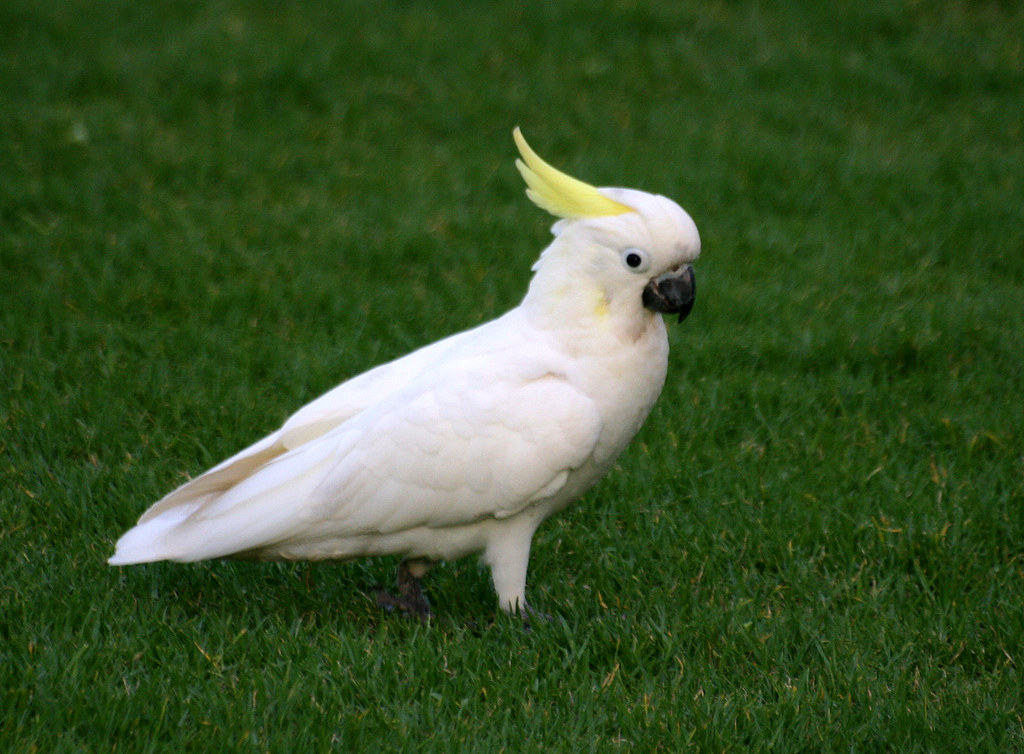
Yellow-crested cockatoos, with their striking white plumage and distinctive yellow crests, have experienced catastrophic population declines largely due to unsustainable trapping for the pet trade, which has reduced their numbers by more than 80% in just four decades. Native to Indonesia and East Timor, these intelligent birds are now classified as Critically Endangered, with fewer than 3,000 individuals estimated to remain in the wild. These cockatoos face a perfect storm of threats, as they reproduce slowly (producing just 2-3 eggs per year), require specific large tree cavities for nesting, and have lost significant habitat to deforestation while simultaneously being targeted by trappers. Their high intelligence and speaking ability make them particularly valued as pets, creating persistent demand despite international trade bans, and even today, poaching continues to threaten the remaining fragmented populations across their range.
Tokay Geckos: Medicinal Myths and the Pet Trade
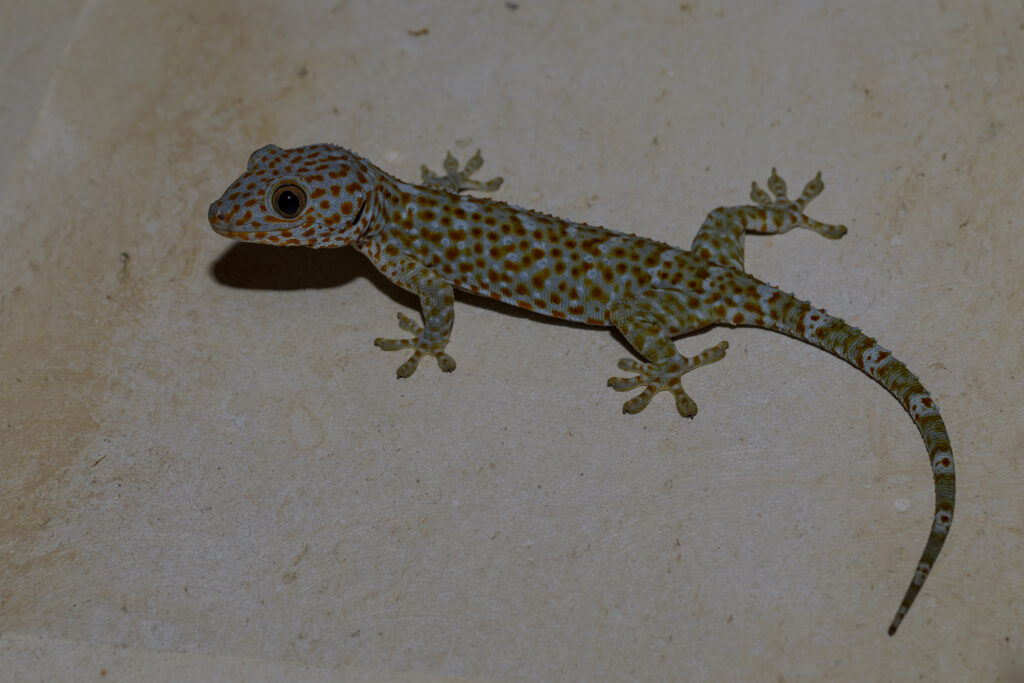
Tokay geckos, with their distinctive blue-gray bodies covered in bright orange or red spots and their characteristic loud “to-kay” calls, face dual threats from the pet trade and from unfounded medicinal claims that have driven massive overharvesting throughout Southeast Asia. These large, vocal geckos gained popularity in the exotic pet trade for their striking appearance, but their naturally aggressive temperament often leads to abandonment or neglect by unprepared owners.
In 2011, false rumors spread that tokay geckos could cure HIV/AIDS, leading to a price surge and industrial-scale harvesting that removed millions of these important insectivores from Asian forests. Though the medicinal claims were debunked, the damage was already done, with studies showing population declines of up to 50% in some regions, prompting their listing on CITES Appendix II in 2019 to regulate international trade. Tokay geckos play crucial ecological roles as controllers of insect populations, and their removal has cascading effects throughout forest ecosystems.
African Grey Parrots: The Intelligent Avians on the Brink
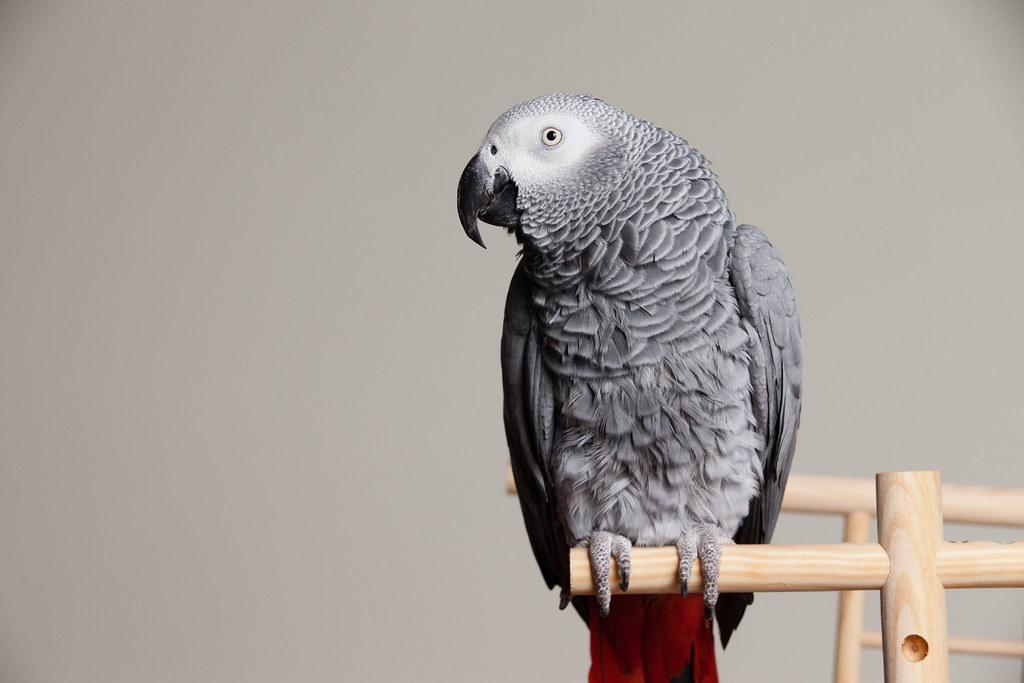
African grey parrots, renowned for their exceptional cognitive abilities and capacity to mimic human speech with remarkable clarity, have suffered population crashes of up to 99% in some regions due primarily to trapping for the international pet trade. These highly intelligent birds, native to the rainforests of West and Central Africa, can solve complex problems, use tools, and have demonstrated the reasoning abilities of a 3-4 year old human child in laboratory studies. Despite receiving the highest protection under CITES in 2017 through an Appendix I listing that prohibits commercial international trade, illegal trafficking continues at alarming rates, with thousands still smuggled annually.
Beyond the staggering population impacts, the capture methods are often devastating—poachers typically cut down nest trees or use glue traps that catch and kill numerous birds for each one that survives to reach the pet market. Their slow reproductive rate and specialized habitat requirements make wild populations particularly vulnerable to overexploitation, leading to their current Endangered status on the IUCN Red List.
Indian Star Tortoises: The Jewels of the Reptile Trade
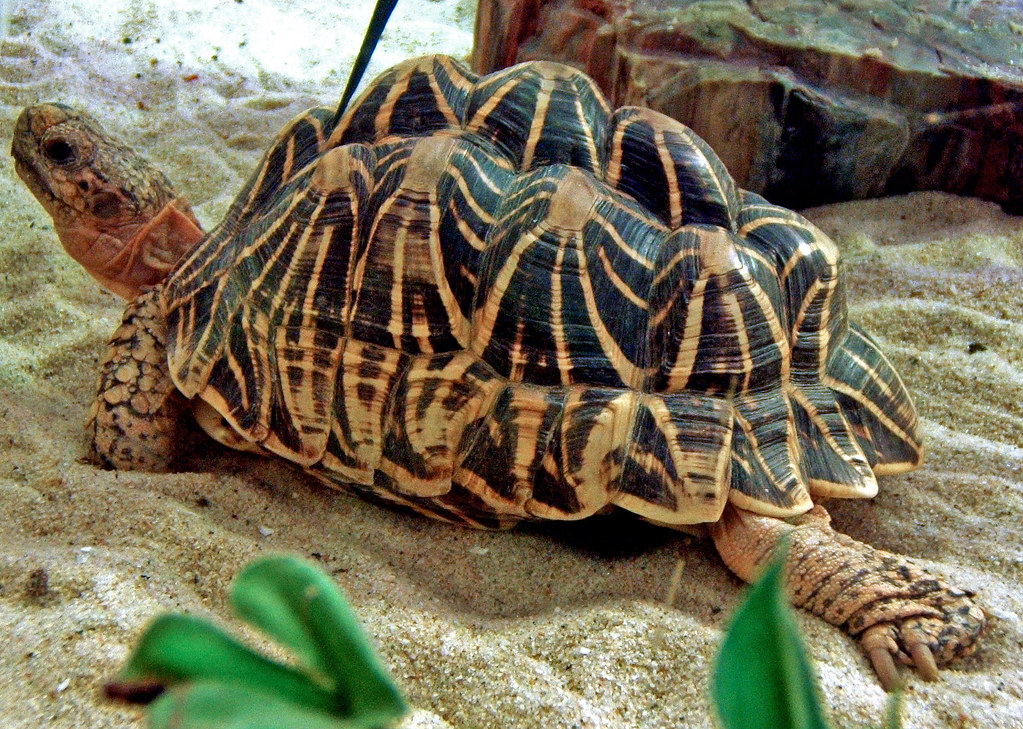
Indian star tortoises, instantly recognizable by their domed shells adorned with star-like radiating patterns of yellow on a dark background, have become one of the most heavily trafficked tortoise species in the world. Native to scrub forests and grasslands in India, Pakistan, and Sri Lanka, these medium-sized tortoises are captured by the thousands and smuggled primarily to markets in Southeast Asia and China, where they are sold as pets, status symbols, and occasionally for use in religious ceremonies. Poachers often target females during the breeding season when they emerge to lay eggs, removing reproductively valuable individuals and further compromising population recovery.
Seizure data reveals the massive scale of this trafficking—a single bust in 2019 recovered over 1,800 star tortoises headed for the pet market—and experts estimate that tens of thousands are removed from the wild annually. These tortoises face particularly high mortality during smuggling, as they are frequently stuffed into luggage, plastic containers, or even socks and transported without food or water for days or weeks.
The Broader Impact of the Exotic Pet Trade

The exotic pet trade extends far beyond the suffering of individual animals to create ripple effects throughout entire ecosystems and even human communities. When key species are removed from their habitats, ecological functions like seed dispersal, pollination, predator-prey relationships, and vegetation control can become severely disrupted, leading to cascading impacts on other plant and animal species. Additionally, the exotic pet industry creates serious biosecurity risks, as evidenced by numerous cases of introduced species establishing invasive populations—like Burmese pythons in the Florida Everglades—and the potential for zoonotic disease transmission between wildlife and humans.
From a human welfare perspective, the trade often exploits vulnerable communities, where local people may receive minimal compensation for captured animals while facing the long-term consequences of depleted wildlife and degraded ecosystems. Conservation efforts must therefore address not only direct protection of threatened species but also provide sustainable alternative livelihoods for communities that might otherwise participate in wildlife trafficking.
What Consumers Can Do to Help

Individual consumers wield significant power to combat the damaging effects of the exotic pet trade through their personal choices and advocacy. Potential pet owners should thoroughly research any animal they’re considering, ensuring it comes from a reputable, legal source—preferably adopting from rescues rather than purchasing new animals—and being certain they can provide appropriate care for the animal’s entire lifespan, which for many exotic species can exceed 20-30 years.
Supporting legitimate conservation organizations working to protect threatened species in their natural habitats represents another impactful action, as these groups often work directly with communities to develop sustainable alternatives to wildlife trafficking. Raising awareness about the realities of the exotic pet trade on social media can help counter misleading portrayals of wild animals as suitable pets, particularly by not sharing or liking viral videos featuring inappropriate interactions with exotic animals. Finally, advocating for stronger legislation against wildlife trafficking and better enforcement of existing laws can create structural changes needed to address this global crisis at its roots.
The exotic pet trade represents one of the most significant threats to numerous species worldwide, driven largely by misinformation and the human desire to possess the rare and unusual. The ten species highlighted here—from tiny primates to brilliant parrots—represent just a fraction of the wildlife suffering from overexploitation. What unites their stories is that each animal serves a vital ecological function in their native habitat, and each faces unnecessary suffering when removed from the wild for human entertainment. As consumers become more educated about the true costs of the exotic pet trade, there is hope that demand will shift toward responsible pet ownership focused on domesticated species or captive-bred individuals of appropriate species. Through combined efforts of education, enforcement, and conservation, we can work toward a future where these remarkable animals thrive in their natural environments rather than languishing in inappropriate captive conditions.


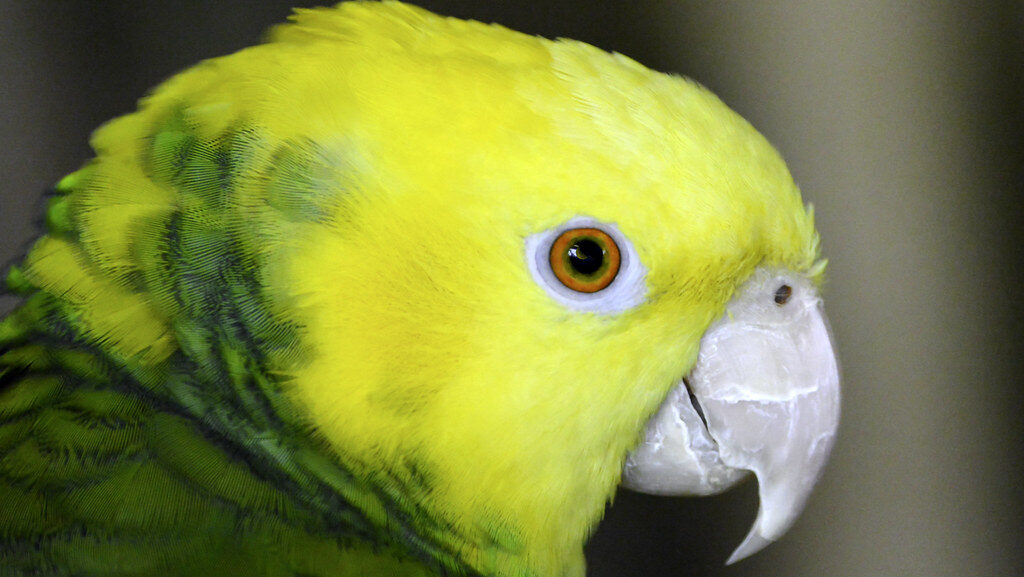
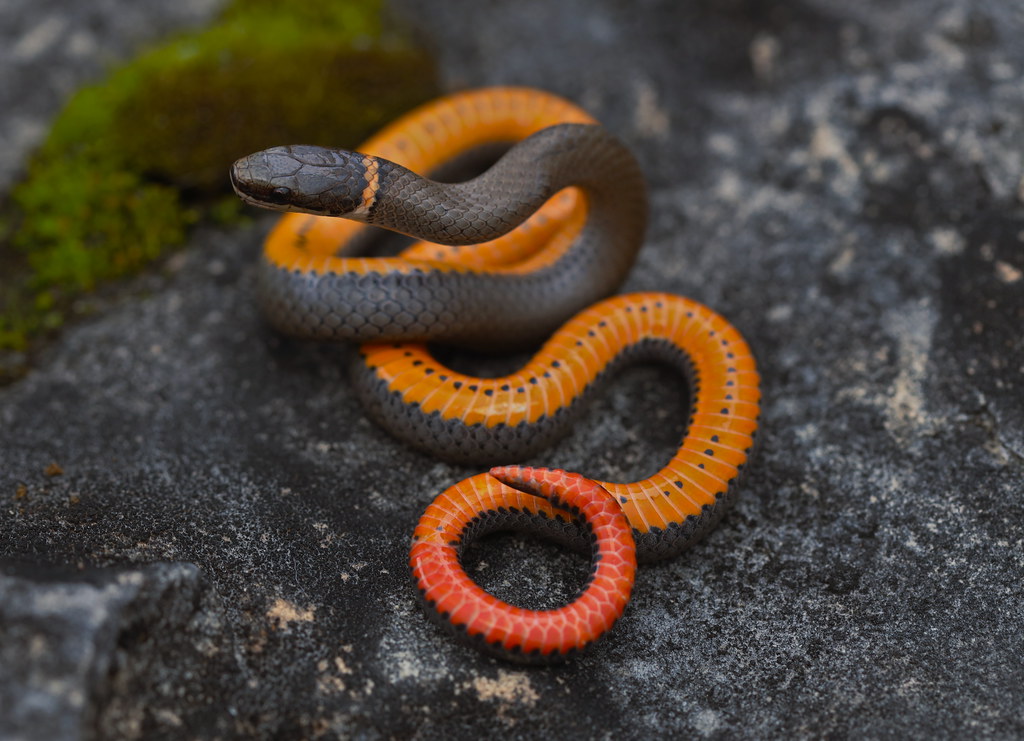
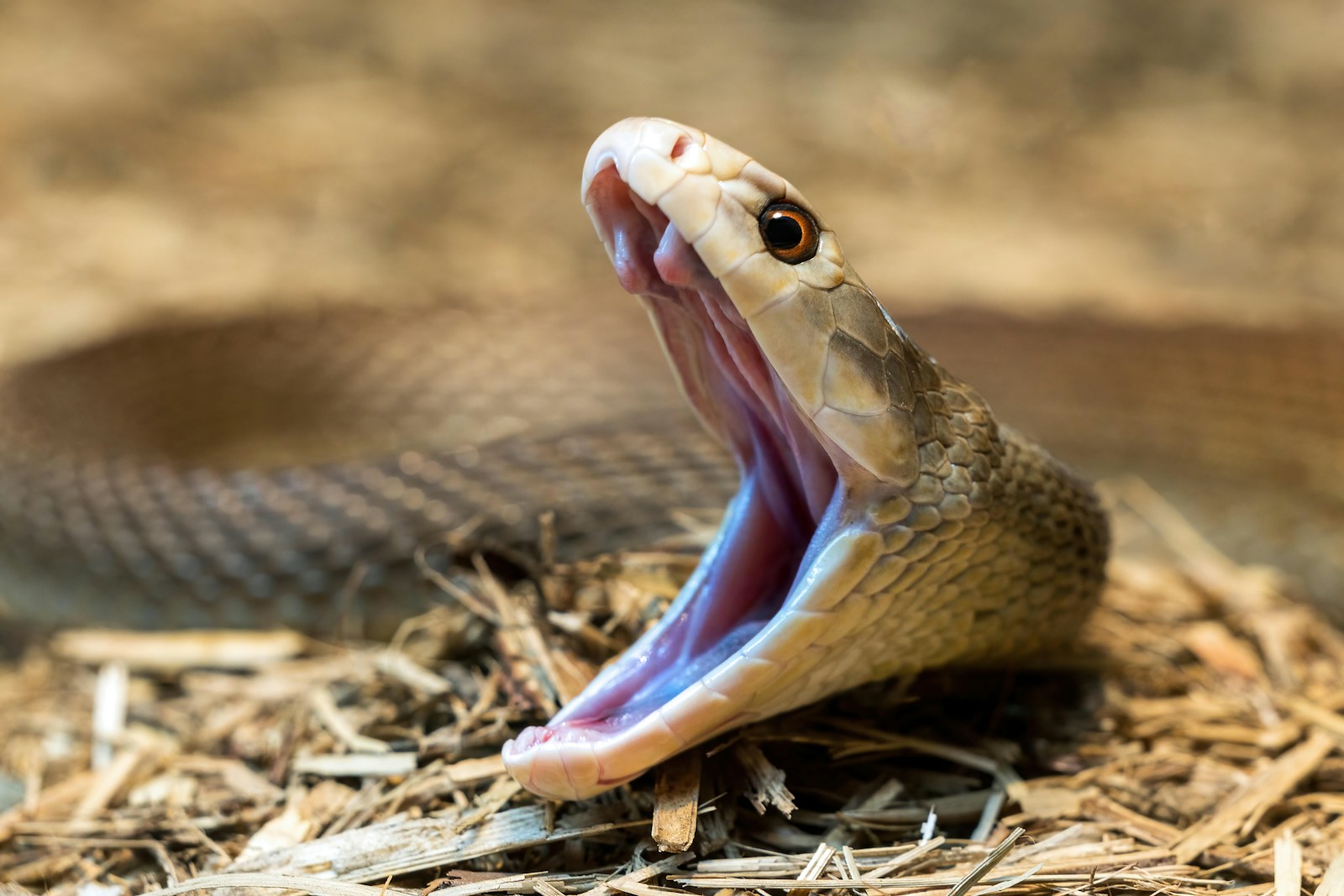
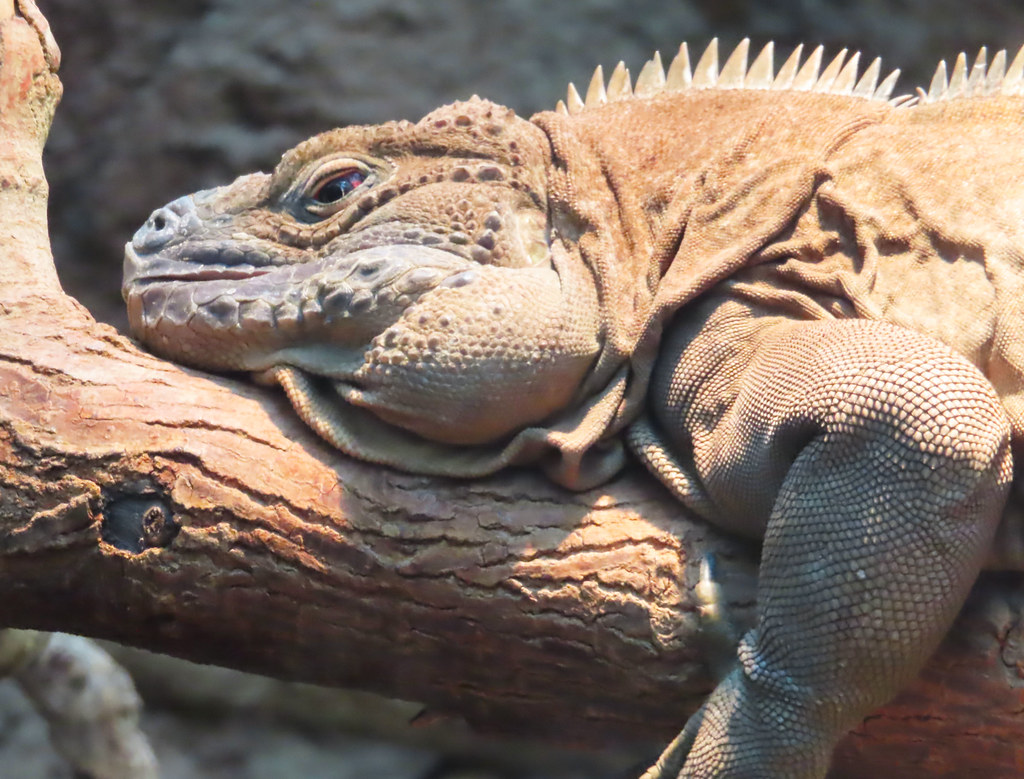
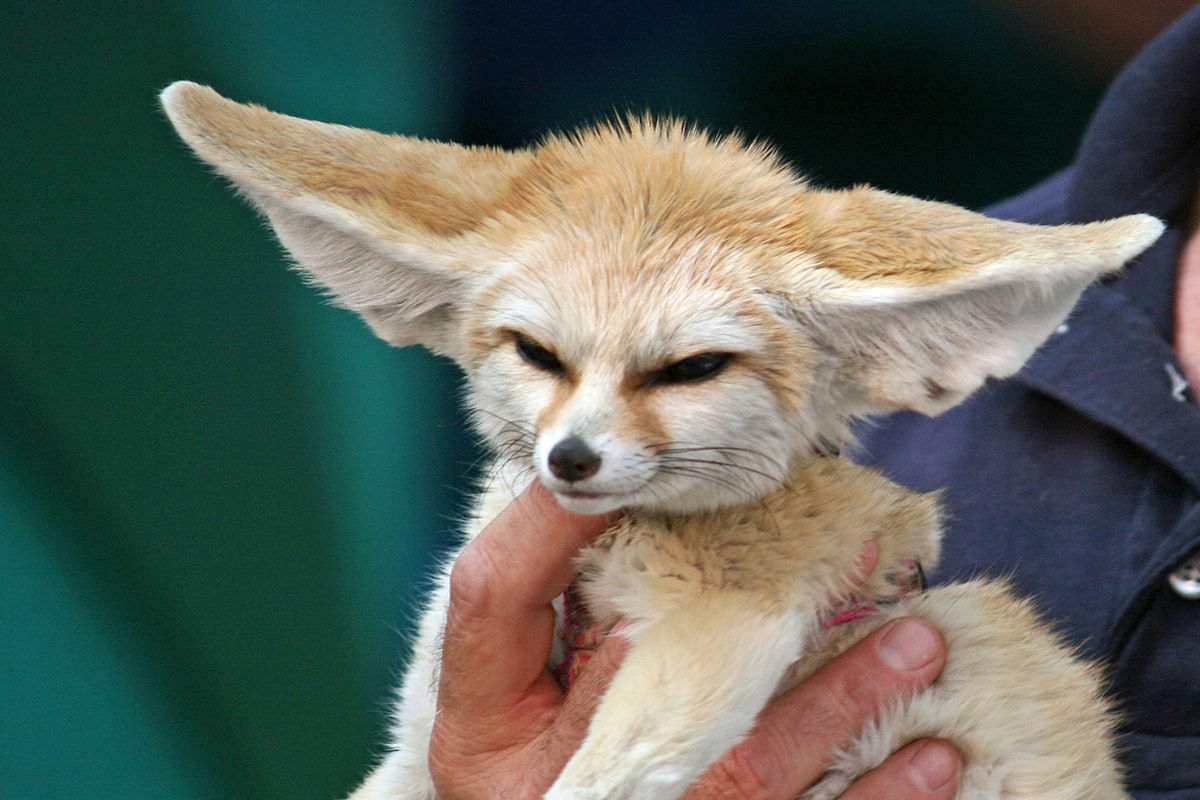
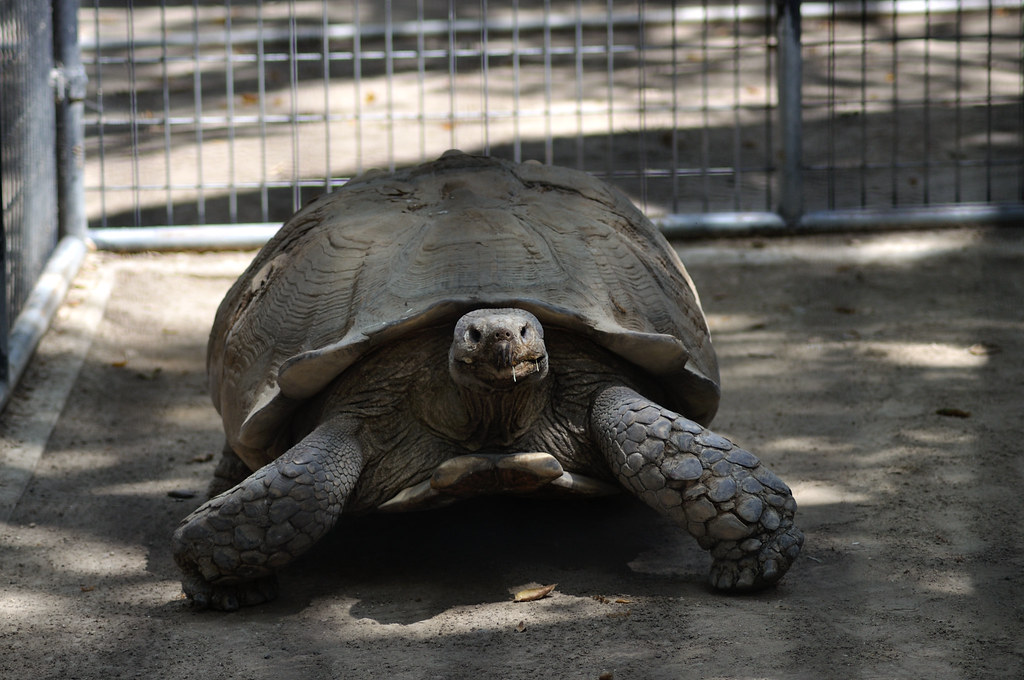
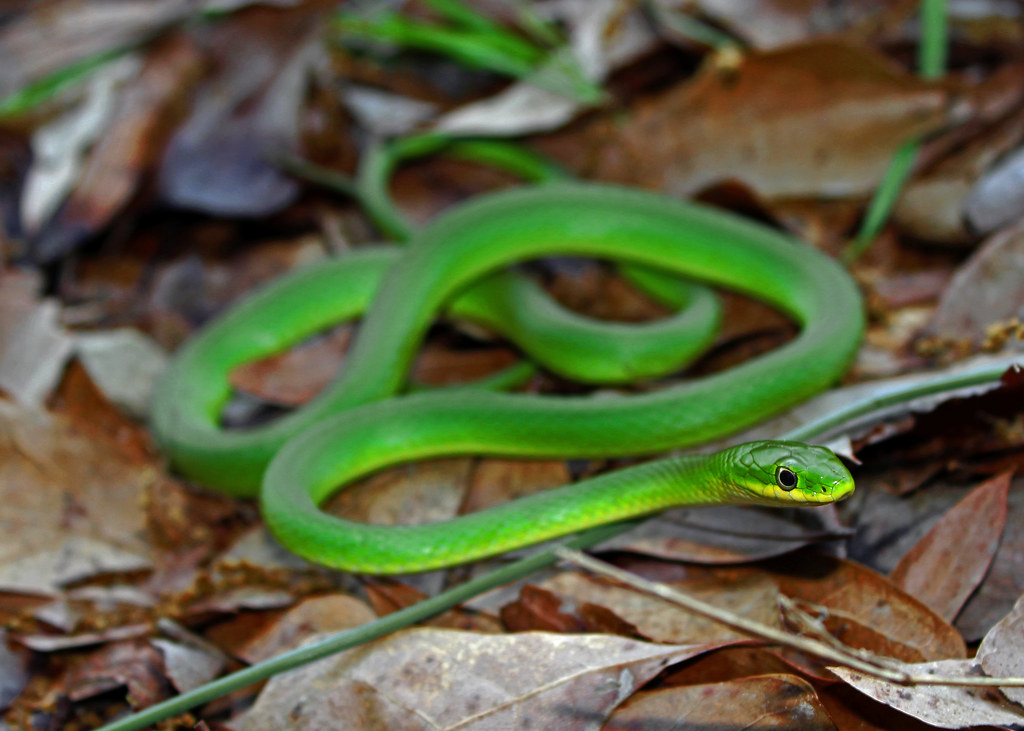
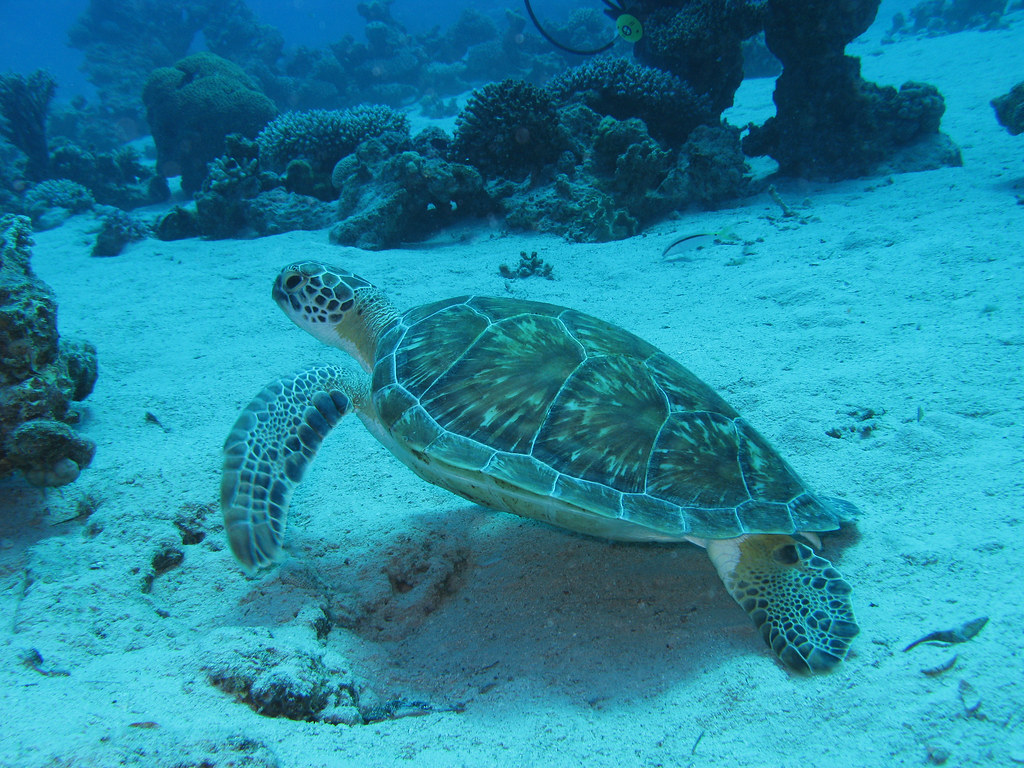
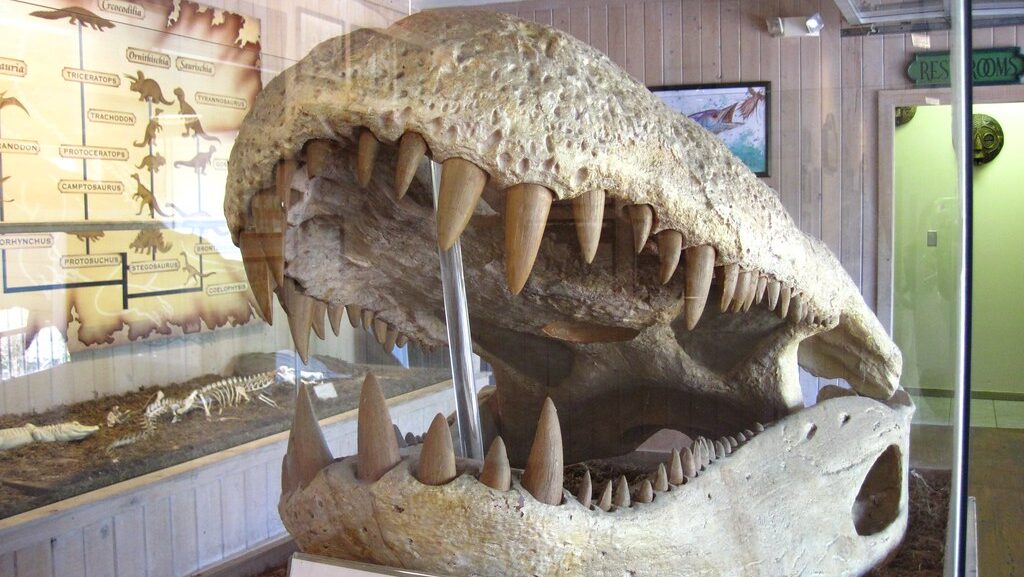



Leave a Reply